- Soma Mater's Newsletter
- Posts
- SOMA Newsletter
SOMA Newsletter
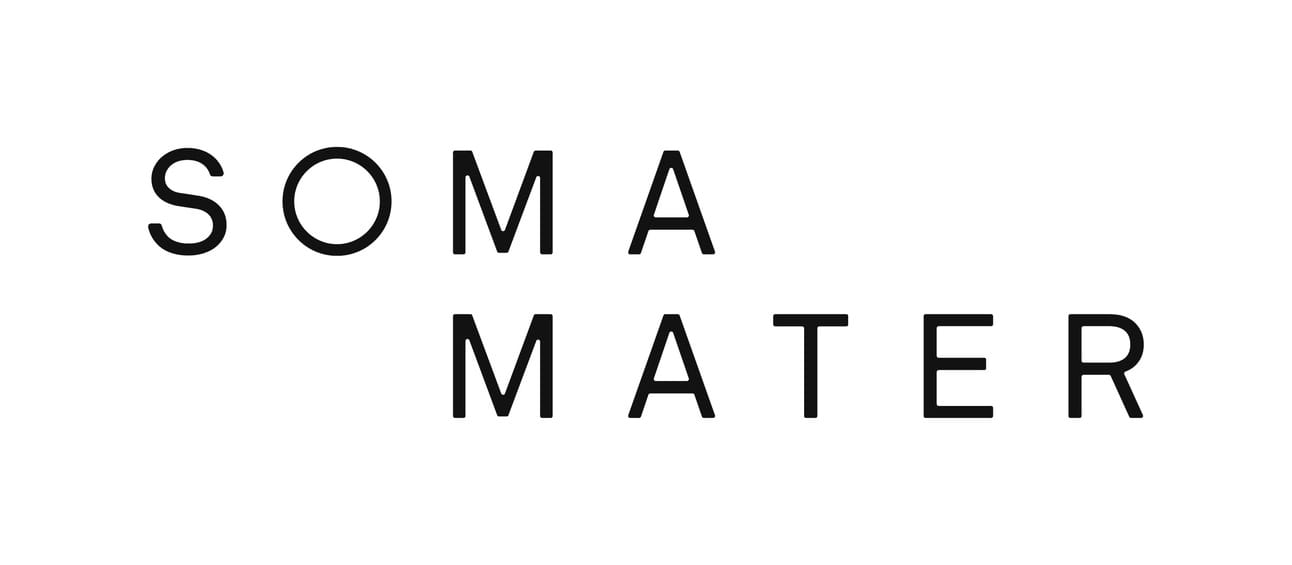
Welcome to the SOMA MATER weekly newsletter.
At SOMA MATER, we specialize in delivering comprehensive research and advisory services with a focus on Food & Water Security and Net Zero Transition in the MENA Region. In order to support our subscribing clients in navigating these topics and understanding the regional narrative, we produce monthly Food and Water Security and Net Zero Transition Intelligence Reports, along with our in-depth analysis and insights.
This weekly newsletter highlights the top 3 stories from the past week in Food and Water Security and Net Zero transition, along with SOMA MATER's analysis and perspective.
What are the two main factors driving the unprecedented levels of global hunger in recent years?
What does forest conservation initiatives look like in Saudi Arabia and why are juniper trees significant to the region's ecology and culture?
How is the new AgriTech hub in Al Ain advancing China and the UAE’s collaboration in agricultural technology in the region?
Sustainably yours,
The SOMA team
Food for Thought: Crunching the Numbers on Global Hunger
#FoodandWaterSecurity
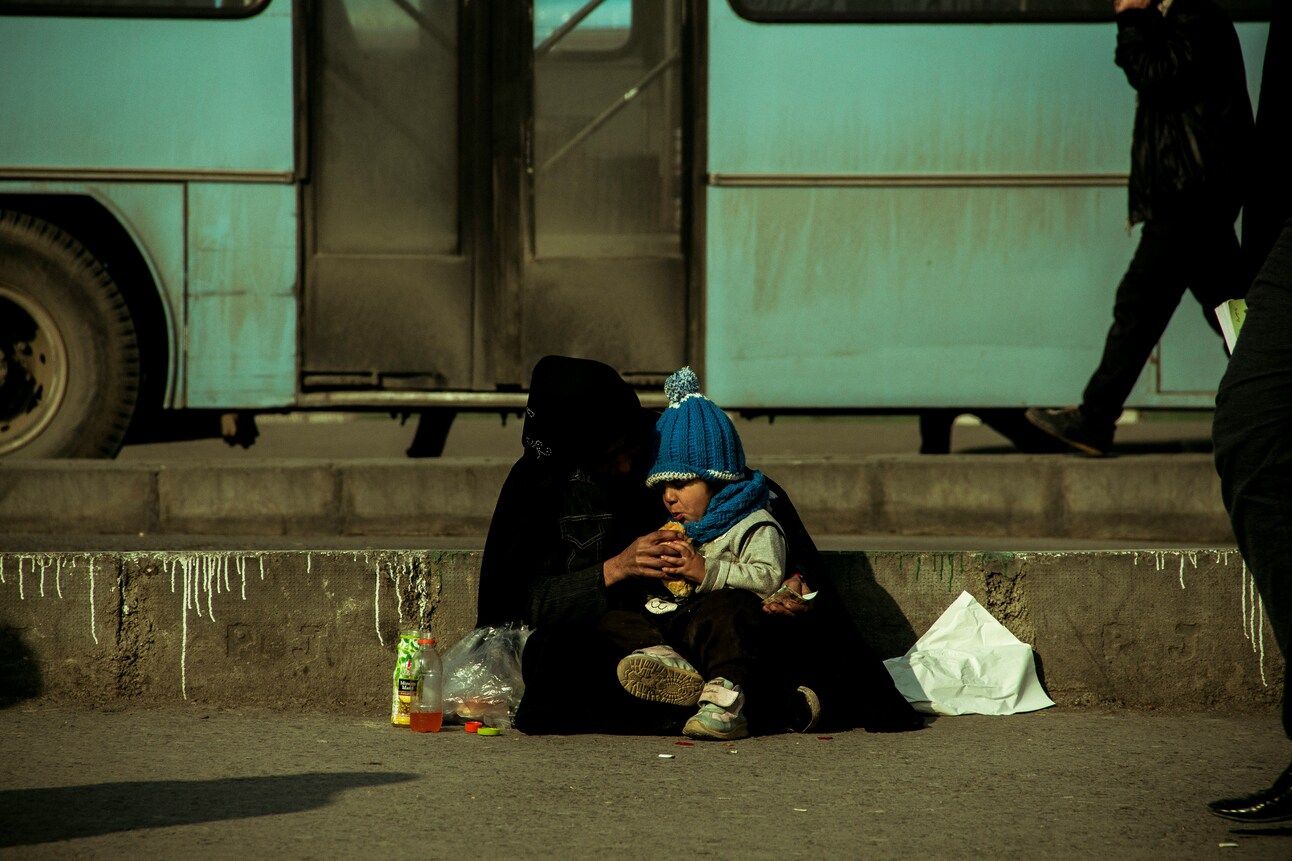
The new 2025 Global Report on Food Crises reveals that global hunger is reaching unprecedented levels, with more than 295.3 million people facing acute hunger in 2024, a 5% increase from 2023, marking the 6th consecutive annual rise. The crisis has intensified particularly in conflict-driven regions, with Palestine (Gaza Strip) and Sudan accounting for over 95% of those facing catastrophic food insecurity, marking the first famine declaration since 2017.
The primary drivers of this crisis are twofold: conflict/insecurity affecting 139.8 million people and weather extremes impacting over 96.1 million people. While some nations showed improvements, situations in Nigeria, Sudan, and Myanmar have offset these gains. The outlook for 2025 is concerning, especially with a threat of 45% reduction in humanitarian food sector funding. For 2025, conflicts are expected to continue driving food insecurity through displacement and disrupted agricultural activities, while climate change and economic tensions further compound these challenges. This shows how conflict, weather, and economic factors interconnect. Higher temperatures increase conflict risk, especially through resource competition—mainly over water—in pastoral communities.
In the MENA region, conflict and food insecurity have long been intertwined.
SOMA's graph below [Figure 1] demonstrates the visual representation of regional conflicts and rising undernourishment in the MENA region, particularly following the Arab Spring. The data reveals a concerning trend of increasing food insecurity.
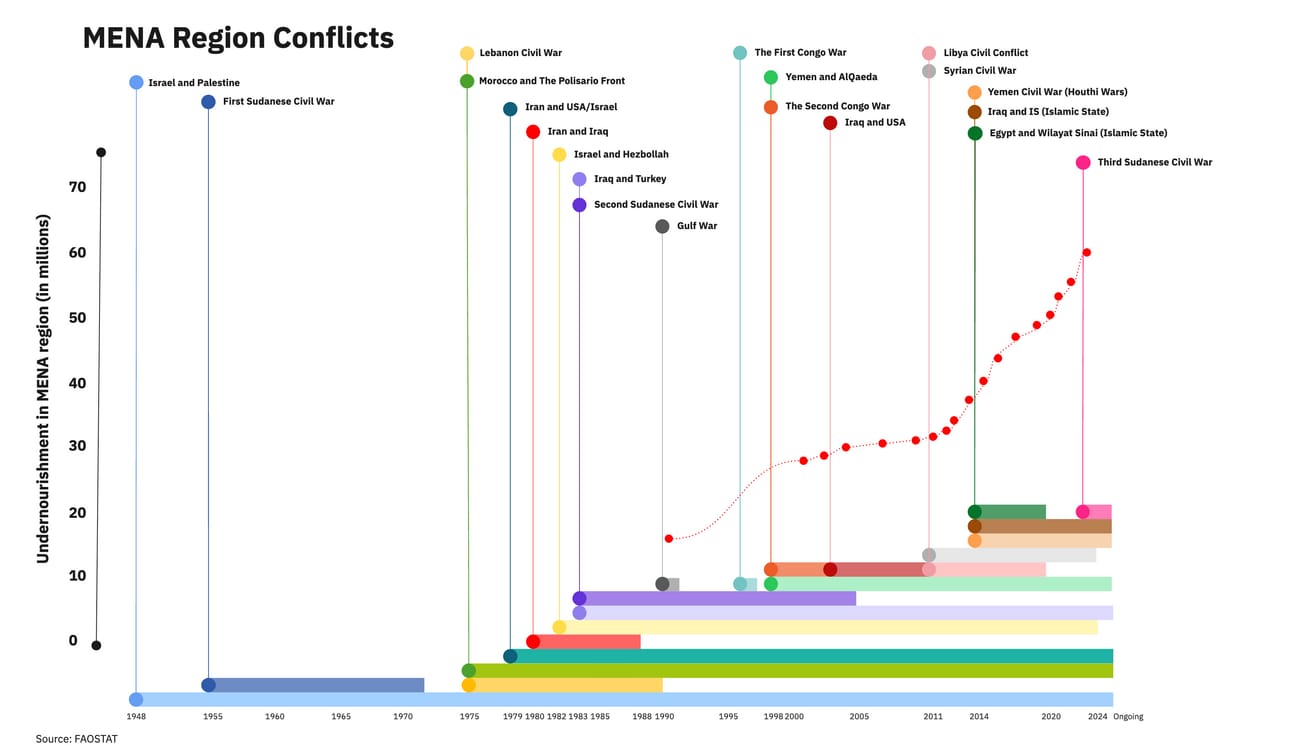
Figure 1
SOMA’s Perspective:
SOMA believes that while food aid provides crucial immediate relief, it only treats the symptoms rather than the underlying cause. The core issue isn't global food scarcity - it's the complexity of how economic, infrastructural, and political barriers are linked to prevent efficient distribution and local production. We must focus on building robust local agricultural systems, including storage facilities, efficient distribution networks, and sustainable farming practices. There's a need for international diplomatic intervention to stop the weaponization of food access in conflicts, as seen in the Israel-Palestine situation. These tactics create lasting societal instability that feeds the cycle of food insecurity.
Sources:
High & Mighty: The Tale of Saudi's Woodlands
#FoodandWaterSecurity #NetZeroTransition
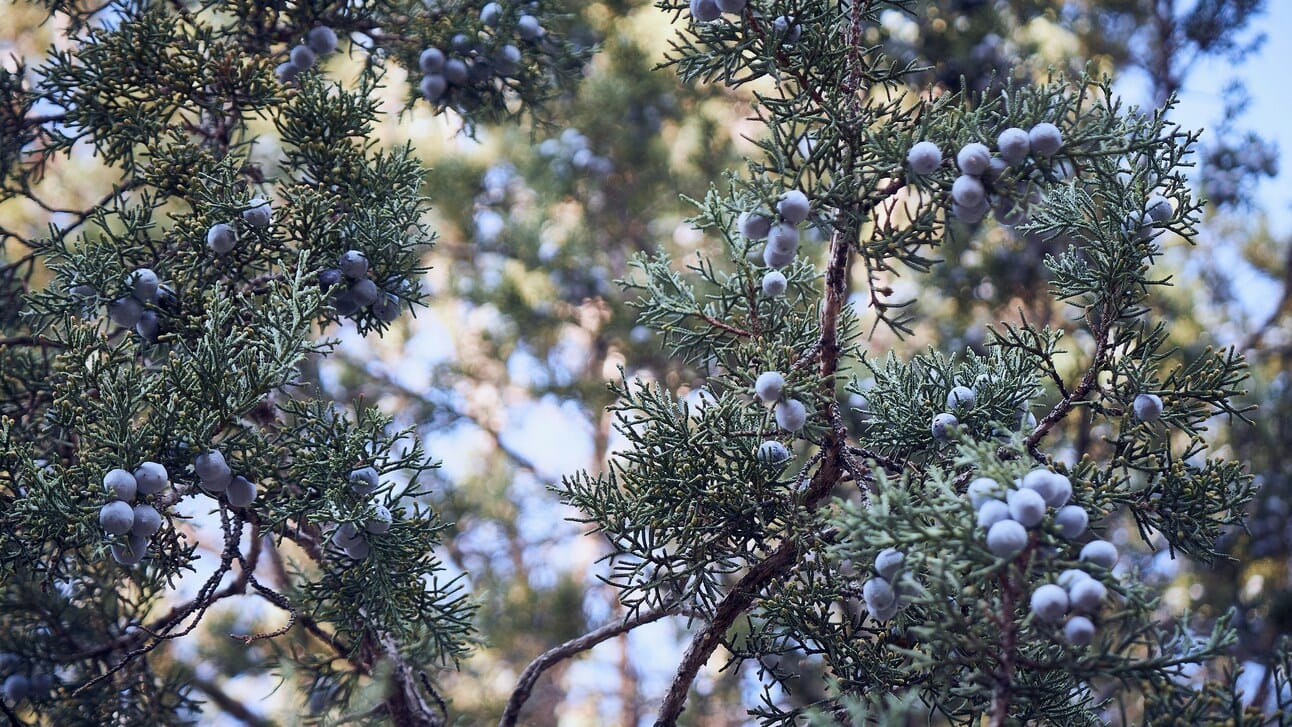
The Juniper tree, locally known as the "lady of trees," is at the center of conservation efforts in Saudi Arabia's highlands. These ancient trees, flourishing at elevations between 2,500-3,000 meters in regions like Taif, Al-Baha, and Asir, are remnants of historic Afromontane forests and play a vital role in local culture - from crafting ceremonial objects to providing medicinal berries and aromatic oils. These juniper woodlands host diverse plant and animal species but face major challenges. Long-term climate change, rising temperatures, and erratic rainfall have led to declining juniper populations, while overgrazing and land development further threaten young saplings.
In response, significant conservation initiatives have been launched. The Soudah Development project, backed by the Public Investment Fund, has undertaken a reforestation campaign, planting nearly 165,000 native trees throughout the highlands. Additionally, the Asir National Park serves as a protected area prioritizing juniper forest conservation through measures to limit deforestation, overgrazing, and land development.
The southwestern highlands of Saudi Arabia receive significant rainfall (600-800 mm, up to 1,000 mm in wettest areas) during certain months, supporting both crops and forests. Traditional terrace farming systems, known locally as 'masateb' or 'mudarajat', manage water resources by creating stepped platforms reinforced with rock walls, which help prevent soil erosion while maximizing rainwater absorption for irrigation. According to the data of the Ministry of Agriculture, there are 27,000 km of woodland or 1.2% of the country’s national land area.SOMA’s Perspective:
Other land restoration initiatives exist across Saudi Arabia, such as the Al Baydha project. SOMA believes the Al Baydha project exemplifies a shift in sustainable land management that merits replication across the region. The initiative's success lies not in imposing artificial solutions, but in engineering a system that works with natural processes by capturing flood waters that would otherwise be lost and establishing self-perpetuating vegetation cycles. Such initiatives could prove valuable for the juniper conservation efforts in Saudi's highlands, where working with natural processes could have more sustainable outcomes.
Sources:
Shouguang Goes to the Gulf: A High-Tech Agricultural Adventure
#FoodandWaterSecurity
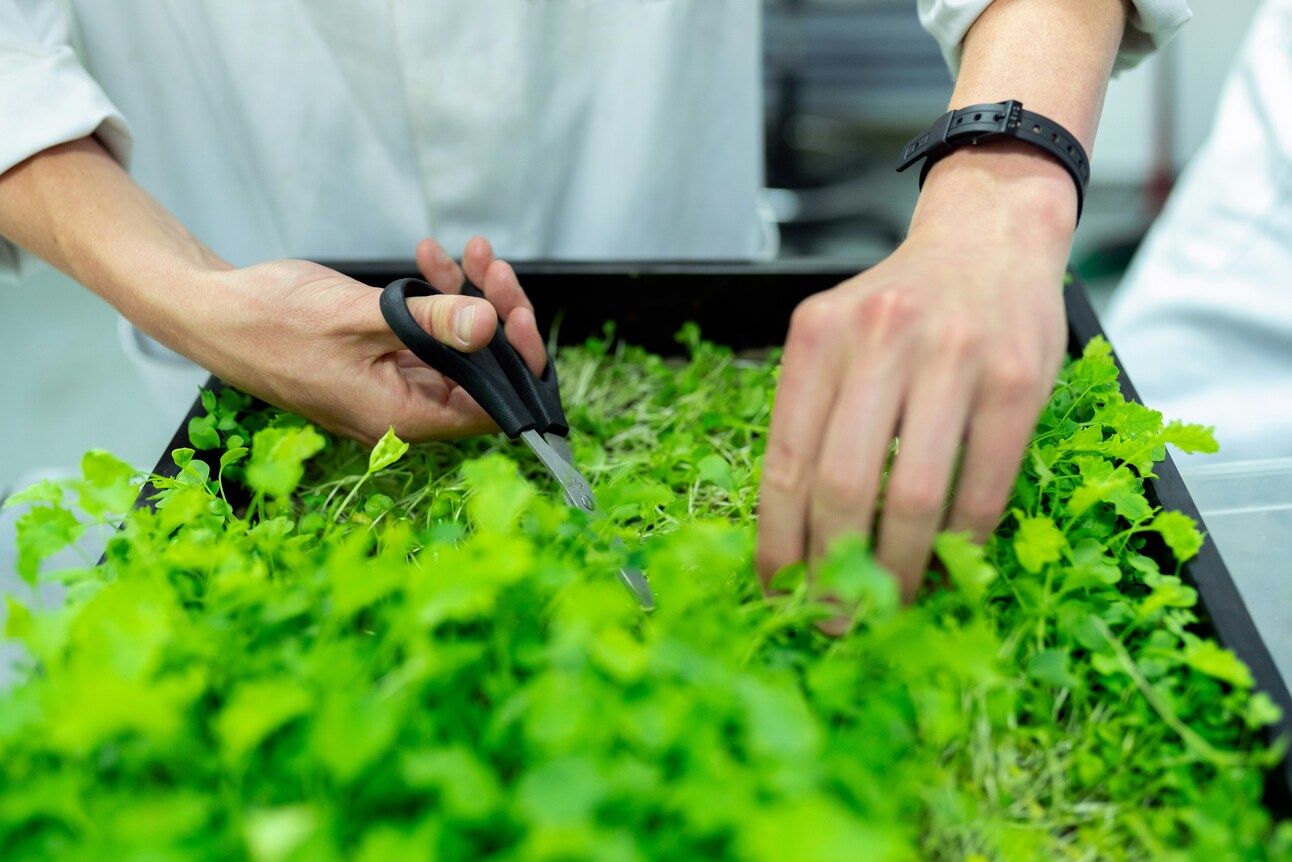
A AED120 million AgriTech hub was announced for Al Ain through a partnership between Silal and China's Shouguang Vegetable Industry Group (SVG). The 100,000-square-metre facility will serve as a testing ground for smart farming under extreme conditions, featuring SVG's "Shouguang Model" - a greenhouse farming system adapted for the UAE's arid climate.
The facility will showcase technology like photovoltaic glass greenhouses and renewable energy-powered structures. These advanced systems will cultivate various fruits and vegetables while implementing automated climate control, robotic harvesting, and precision irrigation techniques. The project aims to reduce water and fertilizer consumption by up to 30% while maintaining high productivity. Additional features include water treatment systems, energy storage solutions, and dedicated mushroom production zones for both operational and educational purposes.
China has emerged as a leader in agricultural technology, ranking as the 5th most advanced country in agritech in 2023. Building on its success from the Green Revolution of the 1960s, which helped prevent mass starvation through improved crop varieties, China has continued to innovate in the agricultural sector. Today, Chinese smallholder farmers are embracing modern technology, using sensors, drones, and IoT systems for smart farming, while the country's agritech sector has seen substantial growth, with investments reaching $4.6 billion in 2020 - a 52% increase from the previous year.
SOMA’s Perspective:
This collaboration is another example of China's expanding influence across the MENA region's agricultural and sustainability sectors. While the UAE gains access to agricultural technologies and expertise, China continues to strengthen its position as a key partner in the region's food security initiatives. The long-term implications of this growing technological collaboration remain unclear. Nevertheless, such collaborations are crucial for the region's food security ambitions.
Sources:
SOMA MATER is writing Intelligence Reports on the topics of Food and Water Security and Net Zero Transition. If you’d like to know more, contact us through the link below: